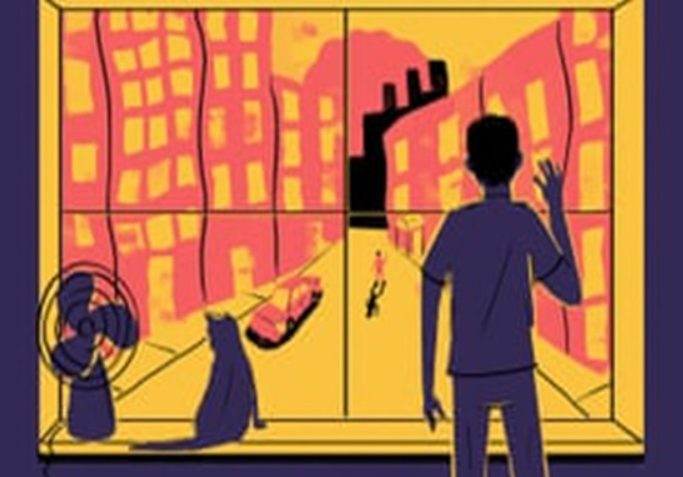For the first time during summer of 2019, temperatures peaked above 40 degrees, including where you would never expect it in European cities with a soft moderate climate. With multiple heatwaves, authorities had repeatedly to activate their contingency plans. The market of air conditioning peaked as well… But is this really the way forward?

In the U.S., building professionals accepted air-conditioning first as the way of modern comfort for cooling needs, and consumers were faced with a fait accompli to ratify it. The speed of construction pushed by developers created pressure on the builders. So they simply built and relied on technology to “fix it later”
However, the trap is that the more we use air conditioning, the warmer it gets. All that air-conditioning sucks up lots of energy and releases millions of tons of carbon dioxide each year.
The International Energy Agency (IEA) in its latest report on the future of cooling, May 2019 puts the spotlight on the fact that the growth in global demand for space cooling is a blind spot in the energy policies. Using airco’s and electric fans account for nearly 20% of the total electricity used in buildings around the world today. But if left unchecked, energy demand from air-conditioners will more than triple by 2050!
And yet we see as climate change becomes more urgent, there is a growing awareness among building professionals in and outside the US of the need of moving back to the principles of careful design with attention for the building envelope, so as to balance the sizes of opening, the wall area, the thermal properties, the orientation and the use of shading.

EPBD Review – How Do European Regulators Respond To Climate Change And The Growing Shift To More Cooling?
The EPBD, Energy Performance of Building Directive 2018 review is primarily focused on making buildings and dwellings more energy efficient. Space cooling is regarded as one of the energy users and the use of shading does not appear in the articles of the EPBD. The EU Commission has recently published two Recommendations (Guidelines) to ensure a uniform understanding across Member States (MS) in the preparation of their EPBD transposition measures.
A closer reading of these Recommendations to MS reveals that they do include elements guiding building professionals to integrate the global warming effects into their modern building design, for less energy consumption and more comfort and well-being. And with strong elements in favour of the use of shading:
EU Commission Guidelines on Building Renovation, May 8th 2019
Measures to adapt buildings to climate change, such as shading devices that prevent buildings from overheating during heat waves, systems that have a direct impact on the energy consumption of buildings by limiting the need for active cooling.
– To include wider benefits beside energy: comfort, well-being, health
– To include the importance of BACS – building automation and controls (and dynamic shading is part of the dynamic building envelope, Smart Readiness indicator)
-The positive influence of local solar exposure and natural light
EU Commission Guidelines on Building modernization, June 9th 2019
The central role of the building envelope with reference to the ‘energy balance’ (*) approach, which takes into account both energy losses (related to heat loss) as well as energy gains (from passive capture of solar irradiance on buildings and building elements) when calculating the energy performance of a building or a building element of the building envelope.
(*) the energy balance approach was included in ES-SO’s Position Paper “Implementing the amended EPBD needs a proper assessment of windows”
Message To The Regulators And Building Professionals
Above EPBD elements presented by the EU Commission are helpful to reduce the increasing need for cooling by better building design and building codes where energy efficiency measures come first. Smart Solar Shading combined with night cooling strategies is the first solution that building designers should implement in existing and new buildings to combat overheating and to provide a healthy environment for the occupants. Thanks to the use of the energy balance methodology and with an increasing need for cooling, Smart Solar Shading on windows in Europe can achieve 22% energy savings and reduce 137.52 Mt/yr of CO2 emissions in new and renovated buildings.
The energy balance of a window is the balance between the heat gains (g-value) and the heat losses (U-value) of a window using:
-Shading as a minimum requirement to prevent overheating on southern-eastern and western-oriented window facades.
-Dynamic shading on glazing achieving a minimum total g-value of 0.15 to reject heat effectively from window.
-Dynamic shading with natural ventilation (night cooling by opening of windows).
